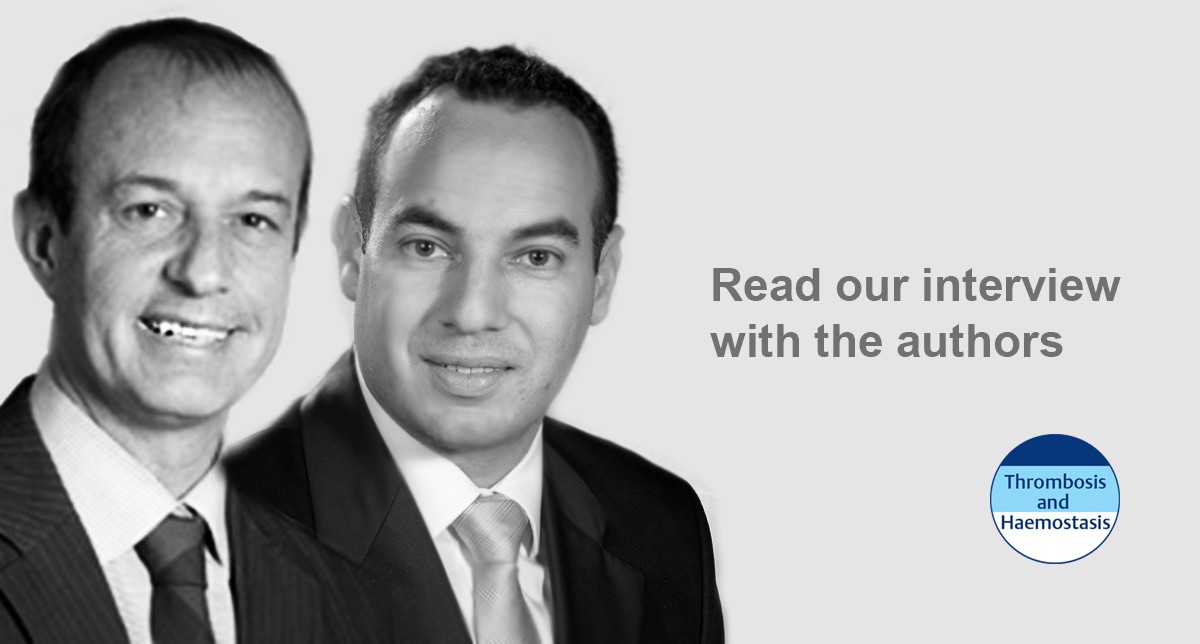

Thrombosis and Haemostasis
Author Interview
Coagulation and Fibrinolysis
Prevalence and Predictors of Venous Thromboembolism or Mortality in Hospitalized COVID-19 Patients
Thromb Haemost 2021; 121(08): 1043-1053
DOI: 10.1055/a-1366-9656
T&H
Why did you (and your colleagues) write this paper? What was its main purpose?
STUART COHEN AND ALEX SPYROPOULOS
The purpose of the study is to identify the prevalence and predictors of VTE or mortality in hospitalized COVID-19 patients. My colleagues and I wrote this paper to better understand the role VTE played in hospitalized COVID-19 patients, to assess the potential for “hidden” venous thromboembolic events in hospitalized patient deaths, and to give insight into the potential role of thromboprophylaxis.
T&H
What are the main conclusions?
STUART COHEN AND ALEX SPYROPOULOS
In our large cohort of hospitalized COVID-19 patients, the overall in-hospital VTE rate was 2.9% (4.9% in the ICU) and a VTE or mortality rate of 26.1%. Key predictors of VTE or mortality included advanced age, increasing Charlson Comorbidity Index, history of cardiovascular disease, ICU level of care, and elevated maximum D-dimer with a cutoff at least 4 times the upper limit of normal. Use of prophylactic-dose anticoagulation but not treatment-dose anticoagulation was associated with reduced VTE or mortality.
T&H
What are the paper's implications? - to the public? -to medical professionals?
STUART COHEN AND ALEX SPYROPOULOS
The rate of in-hospital VTE for hospitalized COVID-19 patients is nearly 3-fold higher in medical ward patients and 2-fold higher in ICU patients co pared with pre-COVID hospitalized medically ill patients. Our findings add a new clinical factor, increasing Charlson Comorbidity Index, to clinical criteria predicting a high VE risk hospitalized COVID-19 population, as well as corroborate in this large US dataset clinical and biomarker based risk factors that predict high VE risk seen in other previous smaller studies, such as elevated D-dimer at least 4 times the upper limit of normal, a history of cardiovascular disease, advanced age, and ICU level of care.
T&H
Are the findings clinically significant? Should the findings change practice?
STUART COHEN AND ALEX SPYROPOULOS
The findings are clinically significant. The findings support universal prophylactic-dose thromboprophylaxis in hospitalized COVID-19 patients with potential to use individual clinical and laboratory parameters to develop a predictive score for individualized thromboprophylaxis strategies in high-risk subgroups.
